
Simferopol: The Heartbeat of Crimea
Discover Simferopol, the vibrant capital of Crimea, with its rich history, diverse culture, and breathtaking natural beauty, making it the perfect gateway to explore the region.
Simferopol, the capital of Crimea, is a city rich in history, culture, and natural beauty. Nestled in the heart of the peninsula, Simferopol serves as the gateway to the stunning landscapes and coastal attractions of Crimea. With its diverse architectural styles, bustling markets, and serene parks, the city offers a unique blend of old-world charm and modern vibrancy. A walk through the city reveals an array of historical landmarks, including the magnificent Alexander Nevsky Cathedral and the enchanting Kebir-Jami Mosque. The city's museums, such as the Central Museum of Taurida, provide fascinating insights into the region's storied past. For nature lovers, the Salgirka City Park and the lush Botanical Garden offer peaceful retreats amidst the urban hustle. Simferopol is also a culinary delight, with a plethora of restaurants serving both traditional Crimean Tatar cuisine and contemporary dishes. The local markets are a treasure trove of fresh produce, spices, and handmade crafts, offering a taste of the region's rich traditions. Whether you're exploring its historic sites, savoring local flavors, or simply soaking in the vibrant atmosphere, Simferopol promises an unforgettable experience.
Local tips in Simferopol
- Visit the Central Museum of Taurida to understand the rich history of the Crimean region.
- Explore Salgirka City Park for a relaxing escape in nature within the city.
- Try traditional Crimean Tatar dishes at local restaurants for an authentic culinary experience.
- Shop at local markets to find fresh produce and unique handmade crafts.
- Use public transportation to easily navigate the city and reach nearby attractions.
Simferopol: The Heartbeat of Crimea
Simferopol, the capital of Crimea, is a city rich in history, culture, and natural beauty. Nestled in the heart of the peninsula, Simferopol serves as the gateway to the stunning landscapes and coastal attractions of Crimea. With its diverse architectural styles, bustling markets, and serene parks, the city offers a unique blend of old-world charm and modern vibrancy. A walk through the city reveals an array of historical landmarks, including the magnificent Alexander Nevsky Cathedral and the enchanting Kebir-Jami Mosque. The city's museums, such as the Central Museum of Taurida, provide fascinating insights into the region's storied past. For nature lovers, the Salgirka City Park and the lush Botanical Garden offer peaceful retreats amidst the urban hustle. Simferopol is also a culinary delight, with a plethora of restaurants serving both traditional Crimean Tatar cuisine and contemporary dishes. The local markets are a treasure trove of fresh produce, spices, and handmade crafts, offering a taste of the region's rich traditions. Whether you're exploring its historic sites, savoring local flavors, or simply soaking in the vibrant atmosphere, Simferopol promises an unforgettable experience.
When is the best time to go to Simferopol?
Unmissable attractions to see
Park Imeni Yuriya Alekseyevicha Gagarina
Experience the tranquil beauty of Park Imeni Yuriya Alekseyevicha Gagarina in Simferopol, a perfect retreat for nature lovers and families alike.
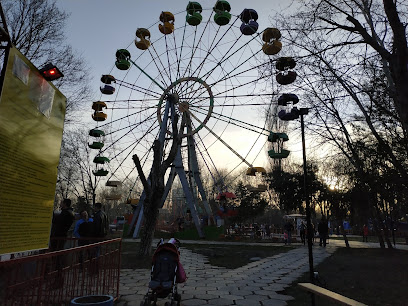
Children's park
Discover the charm of Children's Park in Simferopol, a family-friendly oasis filled with playgrounds, walking paths, and community events.
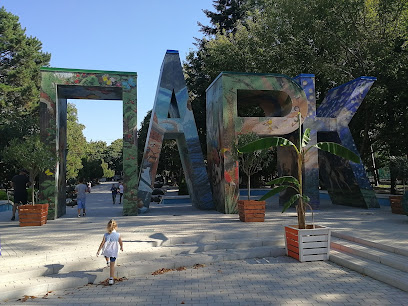
Neapol' Skifskiy
Discover the charm of Neapol' Skifskiy, a picturesque tourist attraction in Simferopol, blending history, culture, and breathtaking landscapes.
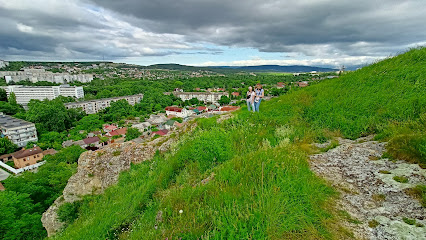
Tsentral'nyy Muzey Tavridy
Explore the captivating history and art of Crimea at Tsentral'nyy Muzey Tavridy, a cultural gem in Simferopol.
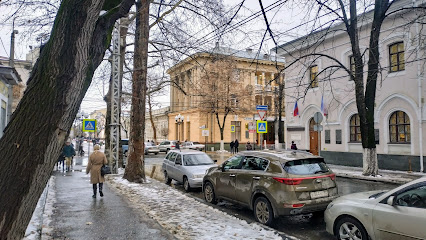
Kebir-Cami
Discover Kebir-Cami Mosque, a stunning architectural landmark in Simferopol, rich in history and cultural significance for every traveler.
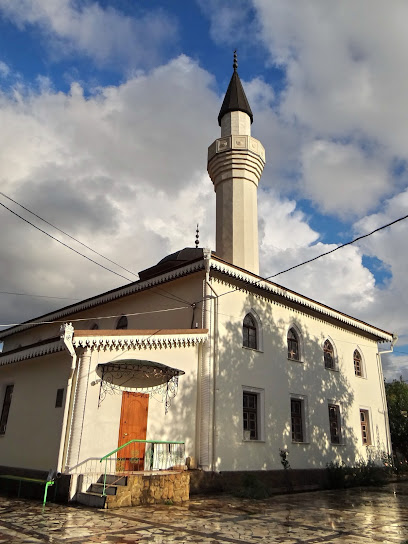
Simferopol'skiy Khudozhestvennyy Muzey
Explore the artistic heritage of Simferopol at the Simferopol'skiy Khudozhestvennyy Muzey, featuring a diverse collection of Russian and European art.
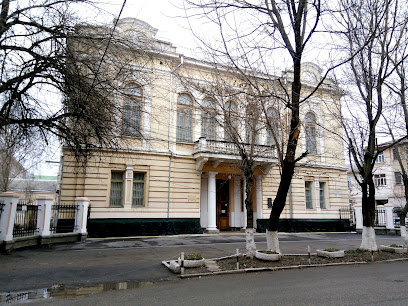
Botanicheskiy Park
Explore the tranquil beauty of Botanicheskiy Park in Simferopol, where vibrant flora and serene landscapes create an oasis for relaxation and leisure.
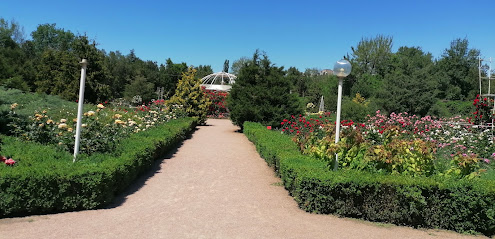
Chokurcha
Explore Chokurcha, an archaeological gem in Simferopol, where ancient history and natural beauty converge for an unforgettable experience.
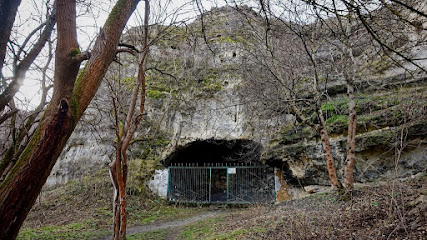
Krymsʹko-tatarsʹkyy Muzey Kulʹturno-Istorychnoyi Spadshchyny
Explore the rich tapestry of Crimean Tatar culture at Kryms'ko-tatars'kyy Museum, a must-visit heritage site in Simferopol.
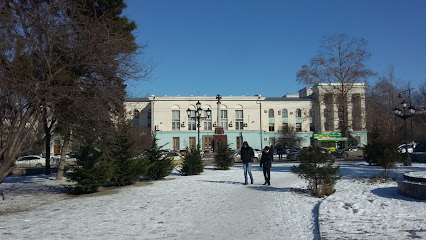
Muzey Istorii Goroda Simferopolya Im. Larisy Borisovny
Explore Simferopol's fascinating history at the Museum of History, a cultural gem showcasing the city's rich heritage and stories.

Znanium
Discover the cultural heritage of Simferopol at Znanium Museum, a captivating tourist attraction showcasing art, history, and science.
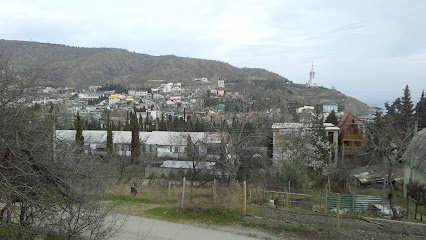
Dom-Muzey I. L. Sel'vinskogo
Explore the I. L. Sel'vinsky Museum in Simferopol, a cultural hub showcasing the rich artistic heritage of Crimea through diverse exhibits and historical artifacts.

Etnograficheskiy Muzey
Explore the cultural heritage of Crimea at Etnograficheskiy Muzey in Simferopol, a treasure trove of history and tradition waiting to be discovered.

Essential places to dine
Rybatskaya Derevnya
Discover Rybatskaya Derevnya, where fresh seafood meets stunning views in Simferopol's culinary gem.
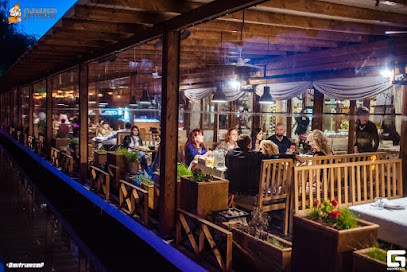
Pavlin Mavlin
Experience authentic Uzbek cuisine at Pavlin Mavlin in Simferopol—where tradition meets flavor in every dish.
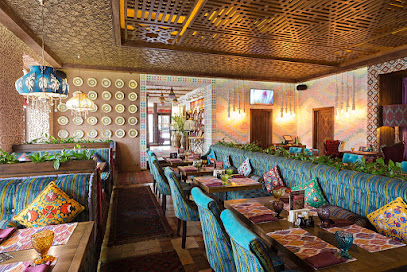
Starik Khinkalych
Experience authentic Georgian cuisine at Starik Khinkalych in Simferopol – a culinary journey through rich flavors and vibrant traditions.
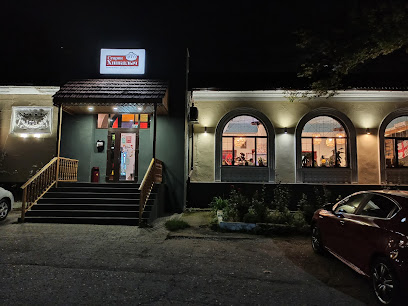
Чао!
Experience exquisite desserts at Чао!, Simferopol's beloved café known for its delectable sweets and inviting atmosphere.

Sub&Burger
Experience the ultimate burger indulgence at Sub&Burger in Simferopol – where flavor meets quality in every bite.
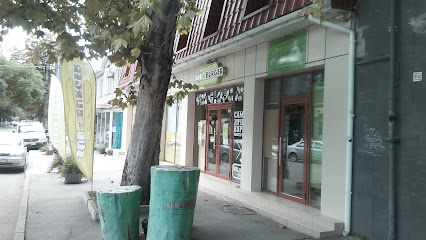
Restoran Alem
Experience authentic local cuisine at Restoran Alem in Strogonovka—where every meal tells a story through flavor.
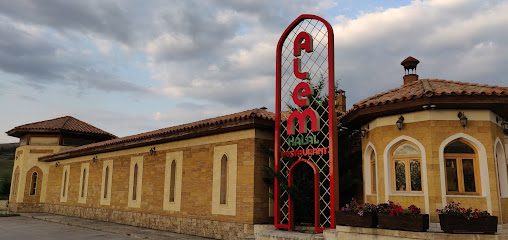
Konsol' - Sport, Premium Klub
Discover wellness at Konsol' - Sport: Simferopol's top destination for fitness, relaxation, and culinary delights.
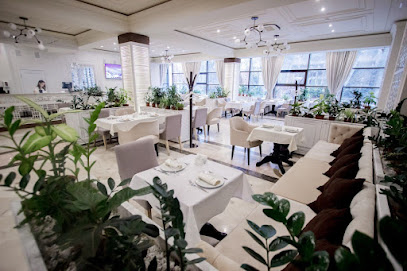
7 Pyatnits
Discover authentic flavors at 7 Pyatnits in Simferopol - where local cuisine meets inviting ambiance.
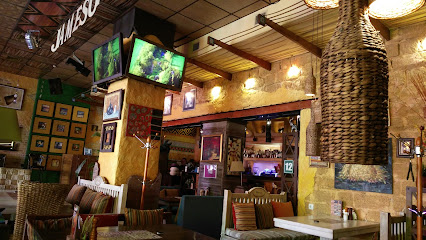
Pesto
Experience the true essence of Italian cuisine at Pesto in Cімферополь - where every bite feels like a journey to Italy.
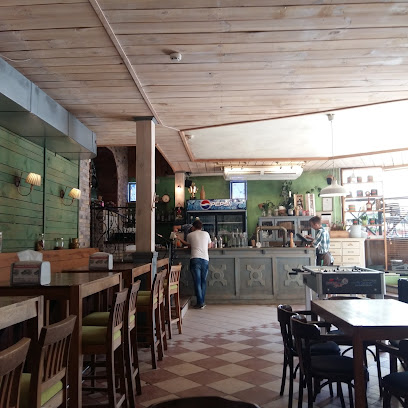
U Babushki Mishi
Discover the heartwarming flavors of home-cooked cuisine at U Babushki Mishi in Simferopol.
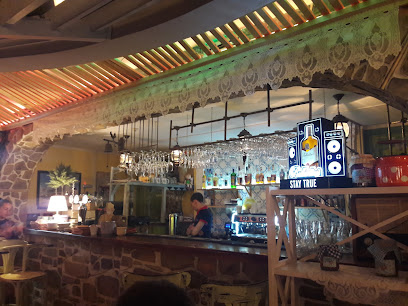
Knyazha Vtikha
Experience culinary excellence at Knyazha Vtikha in Simferopol—where fine dining meets exceptional service.
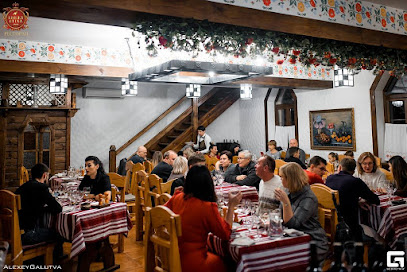
Trattoria Pesto Azzurro
Experience authentic Italian cuisine with delectable pizzas at Trattoria Pesto Azzurro in Simferopol - perfect for dining in or enjoying food delivery.
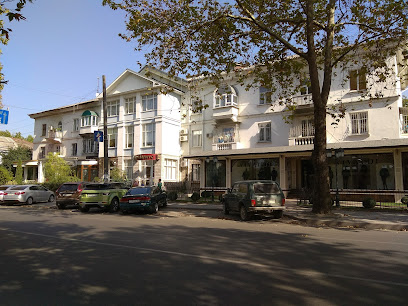
Vremena Goda
Experience authentic Georgian cuisine at Vremena Goda in Simferopol - where every meal is a celebration of flavor and tradition.
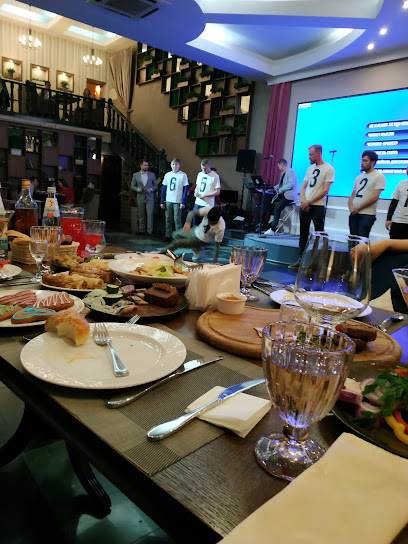
BeMine
Discover the flavors of Simferopol at BeMine Grill Bar – where quality meets comfort in every dish.
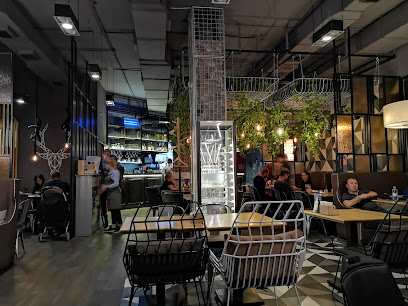
Aziz
Discover exquisite flavors at Aziz in Simferopol – where tradition meets modern cuisine for an unforgettable dining experience.
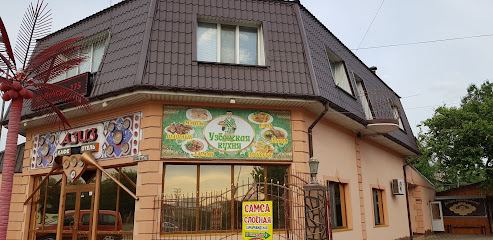
Markets, malls and hidden boutiques
Auchan
Explore Auchan in Simferopol: A hypermarket offering a wide array of local and international products for every traveler.
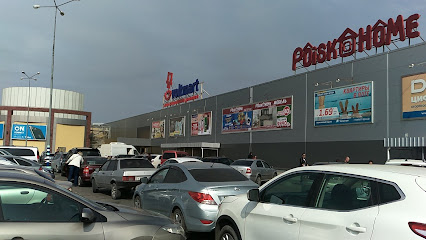
park imeni Kostyantyna Andriiovycha Tren'ova
Explore the serene beauty of Park imeni Kostyantyna Andriiovycha Tren'ova in Simferopol, a perfect blend of nature and culture for every traveler.
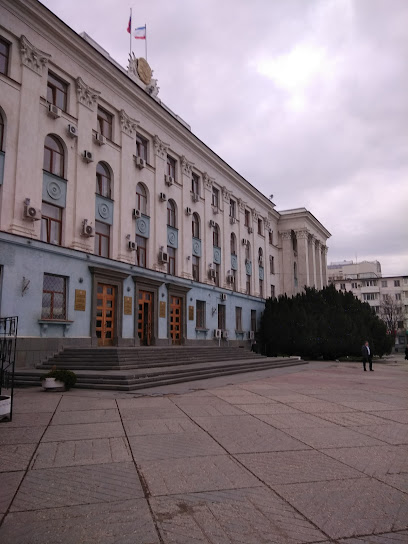
South Gallery
Discover the South Gallery in Simferopol: a vibrant shopping mall with diverse shops, delightful dining, and exciting entertainment options.
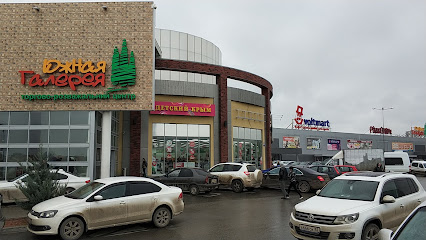
Furshet
Explore the flavors of Simferopol at Furshet, a vibrant grocery store offering local and international delights for every taste.
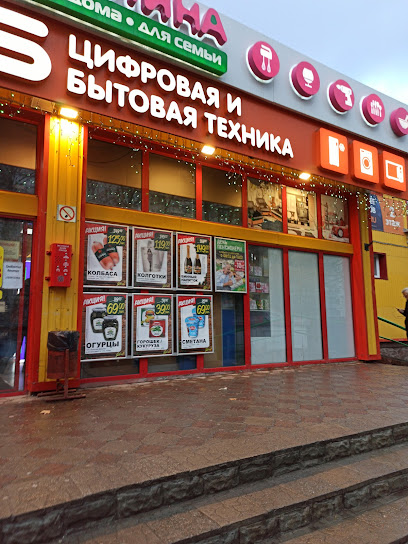
Tsentral'nyy Muzey Tavridy
Explore the rich cultural tapestry of Crimea at Tsentral'nyy Muzey Tavridy, where history and art come alive in fascinating exhibits.
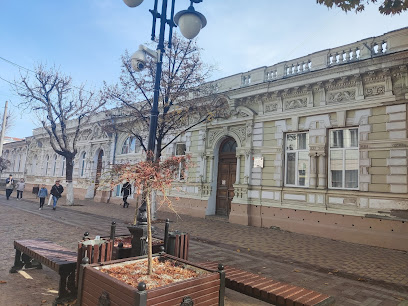
Znanium
Discover the rich history and culture at Znanium Museum in Simferopol, where every exhibit tells a unique story.
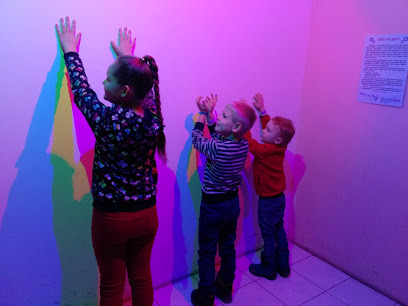
Dom-Muzey I. L. Sel'vinskogo
Discover the artistic heritage of Simferopol at Dom-Muzey I. L. Sel'vinskogo, a museum celebrating local culture and the life of I. L. Sel'vinskiy.
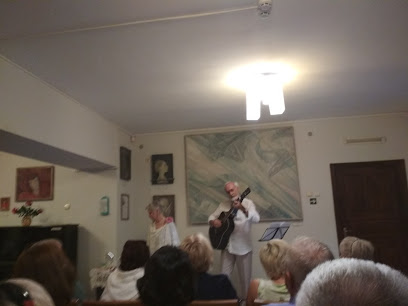
Sendflavers
Discover the beauty of blooms at Sendflavers, Simferopol's premier florist, offering exquisite flowers and arrangements for every occasion.

Essential bars & hidden hideouts
Bartolomeo
Discover Bartolomeo: a premier restaurant and gastropub in Dnipro, blending exquisite dining with sports and hotel amenities for an unforgettable experience.
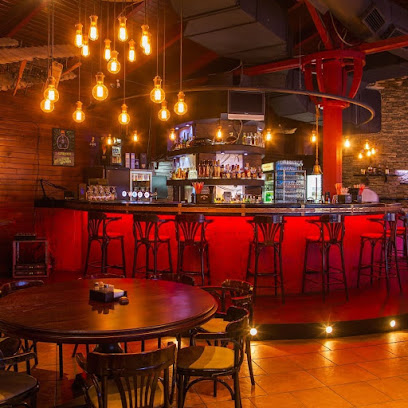
Starik Khinkalych
Discover the taste of authentic Georgian cuisine at Starik Khinkalych in Simferopol, where tradition meets flavor in a cozy setting.
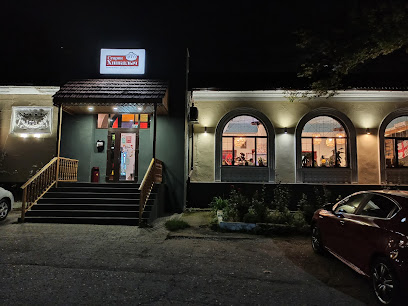
Black Bar
Discover the lively ambiance of Black Bar in Dnipro, a top karaoke and hookah bar offering great food, music, and an unforgettable nightlife experience.

Tartuga Bar
Discover the lively nightlife at Tartuga Bar in Simferopol with craft cocktails, local brews, and a vibrant atmosphere perfect for socializing.
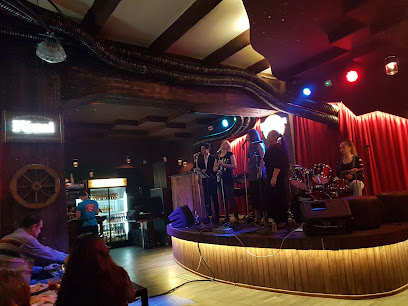
SimpleBar
Discover the lively atmosphere at SimpleBar in Simferopol, where great drinks and unforgettable experiences await every visitor.
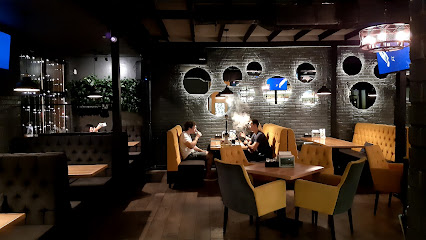
Behemotobar
Experience the vibrant nightlife of Simferopol at Behemotobar, where lively atmosphere meets exceptional drinks and local culture.
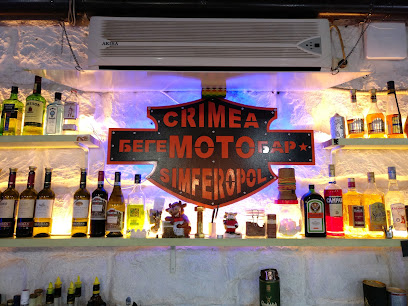
BeMine
Discover BeMine Grill Bar in Simferopol, where exquisite grilled dishes meet a warm and inviting atmosphere for an unforgettable dining experience.
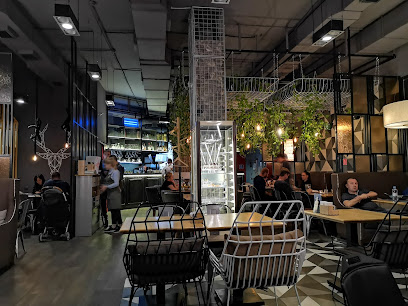
Shaane
Experience the best of Simferopol's local cuisine at Shaane, a restaurant where flavors meet hospitality in a cozy setting.
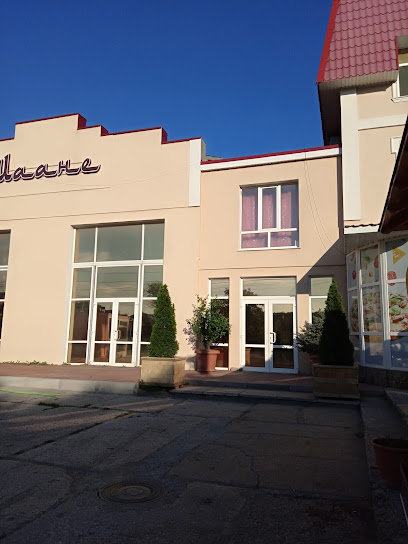
VATABAR
Discover the vibrant nightlife at VATABAR in Simferopol, where cocktails flow and good times roll in a lively atmosphere.

To Samoye Mesto
Experience the vibrant flavors of Simferopol at To Samoye Mesto, a delightful restaurant offering a mix of local and international cuisine.
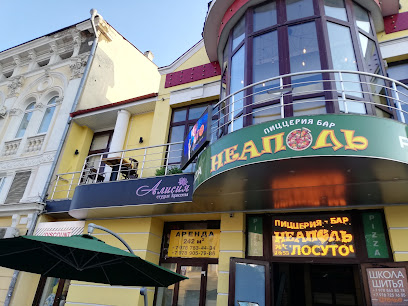
RIBIZA
Discover the ultimate blend of culinary delights and nightlife at RIBIZA, where relaxation meets vibrant energy in a stunning setting.
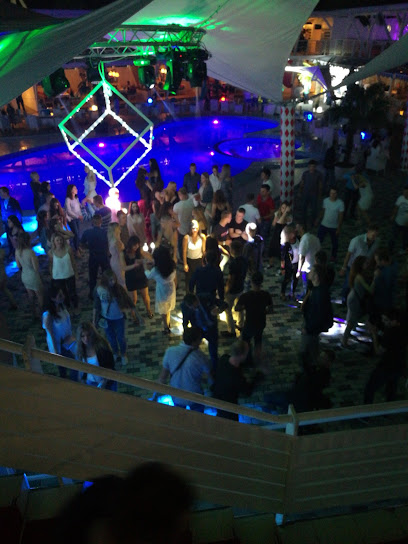
Chillout
Discover Chillout, a vibrant bar in Simferopol, offering a perfect blend of relaxation and nightlife with an extensive drink menu.

Baarle
Discover the charm of Baarle pub in Simferopol, where local flavors and a vibrant atmosphere create the perfect experience for tourists.
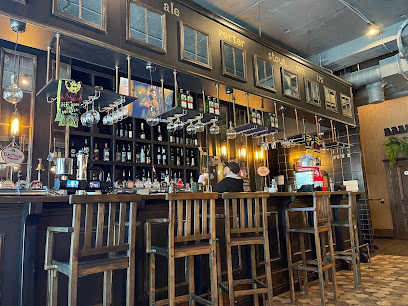
Mychara
Discover the culinary treasures of Simferopol at Mychara, where local flavors and warm hospitality create an unforgettable dining experience.
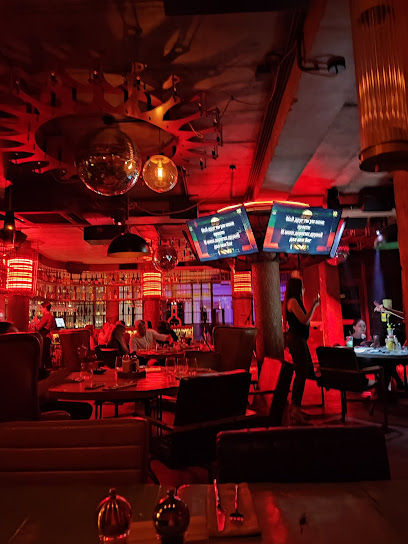
Grill Pizza Station
Discover the delicious flavors of Grill Pizza Station in Simferopol, where every pizza is a masterpiece crafted with love and quality ingredients.
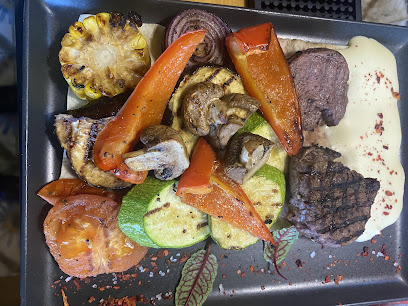
Local Phrases
-
- HelloПривіт
[pryvit] - GoodbyeДо побачення
[do pobachennia] - YesТак
[tak] - NoНі
[ni] - Please/You're welcomeБудь ласка
[budʲ laska] - Thank youДякую
[diakuyu] - Excuse me/SorryВибачте
[vybachte] - How are you?Як ви?
[yak vy] - Fine. And you?Добре. А ви?
[dobre. A vy?] - Do you speak English?Ви говорите англійською?
[vy hovoryte anhliysʲkoyu?] - I don't understandЯ не розумію
[ya ne rozumiyu]
- HelloПривіт
-
- I'd like to see the menu, pleaseЯ б хотів подивитися меню, будь ласка
[ya b xotiv podyvytysya menyu, budʲ laska] - I don't eat meatЯ не їм м'ясо
[ya ne yim m'yaso] - Cheers!Будьмо!
[budʲmo] - I would like to pay, pleaseЯ б хотів розрахуватися, будь ласка
[ya b xotiv rozrakhuvatysya, budʲ laska]
- I'd like to see the menu, pleaseЯ б хотів подивитися меню, будь ласка
-
- Help!Допоможіть!
[dopomozhitʲ] - Go away!Відійдіть!
[vidiyditʲ] - Call the Police!Викличте поліцію!
[vyklychte politsiyu!] - Call a doctor!Викличте лікаря!
[vyklychte likarya!] - I'm lostЯ заблукав
[ya zablukav] - I'm illЯ хворий
[ya khvoryy]
- Help!Допоможіть!
-
- I'd like to buy...Я б хотів купити...
[ya b xotiv kupity...] - I'm just lookingЯ просто дивлюсь
[ya prosto dyvlyusʲ] - How much is it?Скільки це коштує?
[skilʲky tse koshtuye?] - That's too expensiveЦе занадто дорого
[tse zanadto doroho] - Can you lower the price?Чи можете ви знизити ціну?
[chy mozhete vy znyzyty tsinu?]
- I'd like to buy...Я б хотів купити...
-
- What time is it?Котра година?
[kotra hodyna?] - It's one o'clockОдна година
[odna hodyna] - Half past (10)Пів на (десять)
[piv na (desyatʲ)] - MorningРанок
[ranok] - AfternoonДень
[denʲ] - EveningВечір
[vechir] - YesterdayВчора
[vchora] - TodayСьогодні
[sohodni] - TomorrowЗавтра
[zavtra] - 1один
[odyn] - 2два
[dva] - 3три
[try] - 4чотири
[chotyry] - 5п'ять
[pyatʲ] - 6шість
[shistʲ] - 7сім
[sim] - 8вісім
[visim] - 9дев'ять
[dev'yatʲ] - 10десять
[desyatʲ]
- What time is it?Котра година?
-
- Where's a/the...?Де є...?
[de ye...?] - What's the address?Яка адреса?
[yaka adresa?] - Can you show me (on the map)?Чи можете ви мені показати (на мапі)?
[chy mozhete vy meni pokazaty (na mapi)?] - When's the next (bus)?Коли наступний (автобус)?
[koly nastupnyy (avtobus)?] - A ticket (to ....)Квиток (до ....)
[kvitok (do ....)]
- Where's a/the...?Де є...?
History of Simferopol
-
The history of Simferopol begins with its ancient roots as Neapolis Scythica, a significant Scythian city dating back to the 3rd century BCE. This ancient settlement played a crucial role in the trade routes between the East and West, serving as a cultural and economic hub. Archaeological excavations have uncovered impressive ruins, including defensive walls, tombs, and artifacts, providing a glimpse into the city's past and the life of the Scythians.
-
In the 15th century, Simferopol became a part of the Crimean Khanate, an important Tatar state. The city, then known as Aqmescit, served as a regional administrative center. This period saw the flourishing of Tatar culture and the establishment of significant architectural landmarks, such as mosques and madrasas, which contributed to the city's unique cultural tapestry.
-
In 1784, following the annexation of the Crimean Khanate by the Russian Empire, Simferopol was founded in its modern form by Catherine the Great. The city was strategically positioned as the administrative center of the Taurida Governorate. This era marked significant urban development, with the construction of government buildings, Orthodox churches, and educational institutions, reflecting the city's growing importance within the empire.
-
The mid-19th century Crimean War had a profound impact on Simferopol. The city served as a crucial logistical base for Russian forces. Hospitals were established to treat the wounded, and the city's infrastructure was expanded to support the war effort. This period also brought an influx of international attention and highlighted Simferopol's strategic significance.
-
With the establishment of Soviet rule in the early 20th century, Simferopol underwent significant industrialization and modernization. The city became a hub for education, science, and culture, with numerous institutions being established, such as Simferopol State University. The Soviet era also saw the development of public housing and infrastructure projects that shaped the city's modern landscape.
-
During World War II, Simferopol was occupied by Nazi Germany from 1941 to 1944. The occupation brought severe hardships, including the persecution of the local population and destruction of infrastructure. The city's liberation by Soviet forces in 1944 marked a turning point and led to extensive rebuilding efforts in the post-war years.
-
Following the dissolution of the Soviet Union, Simferopol became part of independent Ukraine. The city experienced economic and cultural transformations, with renewed efforts to preserve its rich heritage while embracing modernity. This era saw the revitalization of historical sites, the establishment of new cultural institutions, and a growing interest in tourism.
Simferopol Essentials
-
Simferopol is the capital of Crimea and can be accessed by various means. The Simferopol International Airport (SIP) is the main gateway for international travelers. There are direct flights from several major cities in Russia. For those traveling by train, Simferopol Railway Station connects to various cities in Ukraine and Russia. Additionally, long-distance buses operate routes to Simferopol from several Ukrainian and Russian cities.
-
Within Simferopol, public transportation options include buses, trams, and trolleybuses. These are affordable and cover most parts of the city. Taxis are also readily available but ensure they are metered or you agree on a fare beforehand. For a more flexible option, consider renting a car. Traffic can be busy, so plan your travels accordingly. Bicycle rentals are also available for those who prefer eco-friendly transportation.
-
The official currency in Crimea is the Russian Ruble (RUB). Credit cards are widely accepted in hotels, restaurants, and larger stores. However, it's advisable to carry cash for smaller establishments and markets. ATMs are plentiful in Simferopol, but ensure you notify your bank of your travel plans to avoid any issues with card usage.
-
Simferopol is generally safe for tourists, but standard precautions should be taken. Avoid walking alone at night in poorly lit areas. Be cautious in crowded places where pickpocketing can occur. Some neighborhoods, particularly on the outskirts of the city, may have higher crime rates. Always stay vigilant and aware of your surroundings.
-
In case of emergency, dial 112 for immediate assistance. The Simferopol Central Hospital is well-equipped for medical emergencies. It's recommended to have travel insurance that covers medical expenses. Pharmacies are widely available for minor health issues. The local police are generally helpful; however, knowledge of basic Russian phrases can be beneficial.
-
Fashion: Do dress comfortably but modestly, especially when visiting religious sites. Avoid overly revealing clothing. Religion: Do respect religious customs and traditions. Cover your head when entering churches and monasteries. Public Transport: Do give up your seat to elderly passengers. Don’t eat or drink on public transport. Greetings: Do greet people with a firm handshake. A slight bow of the head is also respectful. Eating & Drinking: Do try local cuisine and accept food offerings graciously. Don’t refuse hospitality, as it is considered impolite.
-
To experience Simferopol like a local, visit the Central Market where you can buy fresh produce and traditional Crimean goods. Engage with locals, as they are often friendly and willing to share stories about the city's history and culture. Don’t miss visiting the Crimean Trolleybus route, the longest trolleybus route in the world, which offers scenic views of the Crimean landscape. Additionally, explore the local parks such as Gagarin Park for a relaxing day out.
Nearby Cities to Simferopol
-
Things To Do in Sevastopol
-
Things To Do in Kerch
-
Things To Do in Kherson
-
Things To Do in Zaporozhye
-
Things To Do in Zaporizhzhia
-
Things To Do in Kryvyi Rih
-
Things To Do in Mariupol
-
Things To Do in Tiraspol
-
Things To Do in Kropyvnytskyi
-
Things To Do in Constanta
-
Things To Do in Donetsk
-
Things To Do in Kremenchuk
-
Things To Do in Chișinău
-
Things To Do in Orhei
-
Things To Do in Poltava







